5.Mount Tambora: Sumatra: 1815: 92,000
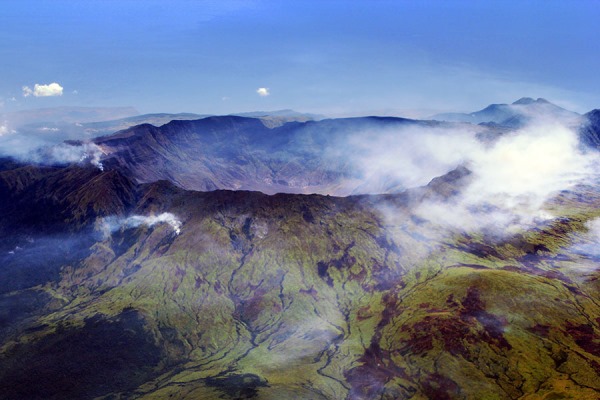
4.Huaynaputina: Peru: 1600: at least 2 million: 1/3 of all Russians were killed in the ensuing famine
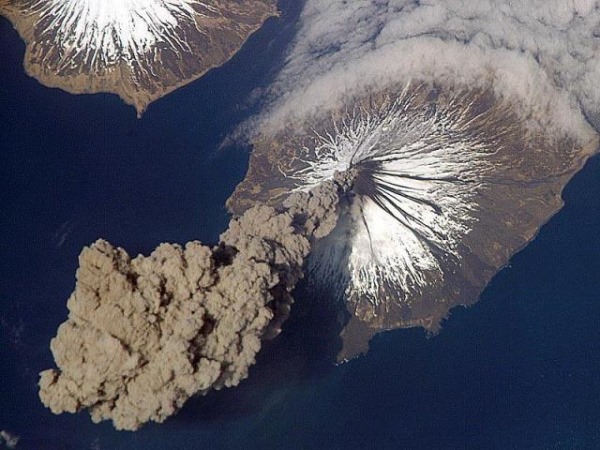
This immense volcano gave plenty of warning of its intent to erupt, and the population heeded this warning, hastily preparing sacrifices of young girls, pets and flowers to appease the turbulent volcano. It seemed as though the sacrifice was rejected almost immediately as the volcano belched out hot gases, even during the ceremony. A few days later the main eruption occurred and the nearby land was subject to fiery pyroclastic flows, swift-moving lahars and over 10 inches of ash-fall. Eruptions continued for the next month or so, and more than ten villages were entirely covered with ash. While only some 1,500 people died from the immediate fall-out of the volcano, Russia suffered its coldest year in six centuries the following year, which led to a famine that killed off huge numbers of the population.
3.Santorini: Greece: 1650 – 1500BC: Unknown, but believed to have wiped out the Minoans and caused a dynasty-toppling famine in China
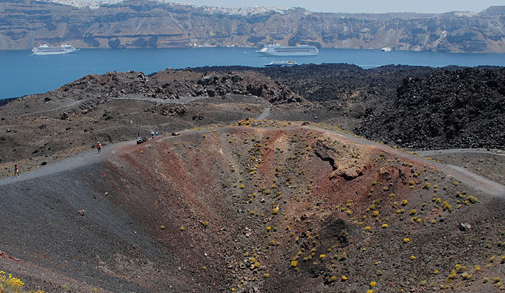
This eruption occurred before reliable record-taking was introduced, but seems to have inspired a number of Greek myths and legends, including the loss of the Minoans and the fall of Atlantis. The effects of the volcano were, according to local legends, felt as far afield as Egypt and China. Even the Christian Bible mentions events like plagues and disasters that can be attributed to the effects of far-off volcanic activity in Exodus. A series of earlier eruptions resulted in the unique shape of the island nation, one fairly accurately described in Plato's writings about Atlantis. Little is known of the specifics of the eruption but it seems to have been a violent explosion, falling into the top category of the Volcanic Explosivity Index. The landscape shows signs of four successive periods of ash fall, but little else can be proven at this great remove from the eruption.
2.Laki: Iceland: 1783: 6 million (over several countries and continents)
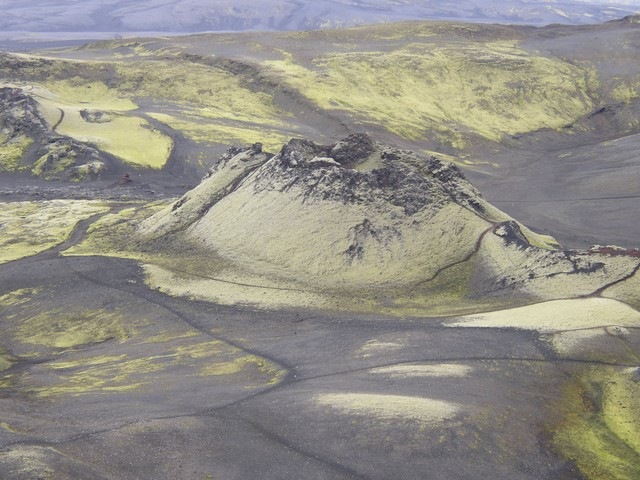
Iceland is known for being the land of ice and fire, and this was never made clearer than in 1783 when a fissure containing some 130 craters opened up; the result of boiling magma coming into contact with the ice cold groundwater with explosive consequences. Over the next few days the volcano changed, becoming less explosive and streaming liquid lava instead (more like the Hawaiian volcanoes). Few people (relatively speaking) were killed in the immediate aftermath of the eruption, with famine and poisoning from the harsh wind-borne gases and ash killing an inordinate amount of people who were unlucky enough to live in the lee of the volcano.
1.Lake Toba: Indonesia: 69,000 – 77,000 years ago, most people on earth, leaving only 10,000 or so
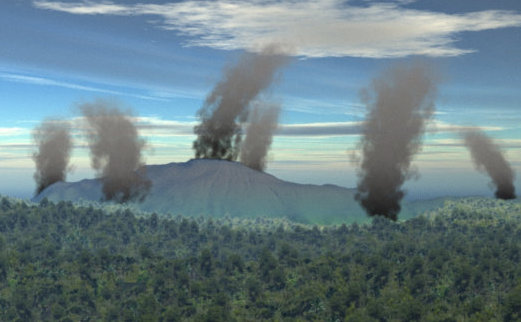
This volcano, which is known only through the effect that it has had on the geology both nearby and on the other side of the world, is believed to have had a violent eruption, reaching an unheard of 8 on the Volcano Explosivity Index (it usually categorises a 7 as the highest possible reading). It is believed to be the largest and most severe volcano in the last 25 million years… Scientists believe that the active phase of the eruption lasted for two weeks and the dust and gases thrown up by the eruption affected global temperatures and climate for the next few years. One fact that has been fairly well agreed upon is that the eruption was so violent and intense that it completely demolished the mountain, leaving a huge crater which has, over time, filled with water transforming it into Lake Toba, 100 kilometres long, 30 kilometres wide and over 500 metres deep. There is a popular theory that the Toba explosion killed off much of the world's human population, partly supported by evidence of a 'bottleneck' in historical human genetics, but as there is no corroborating decline in the populations of other animals at the same time, this is not fully accepted by the scientific community…
翻译:李闻昱 校对:有耳陈小树 来源:前十网











